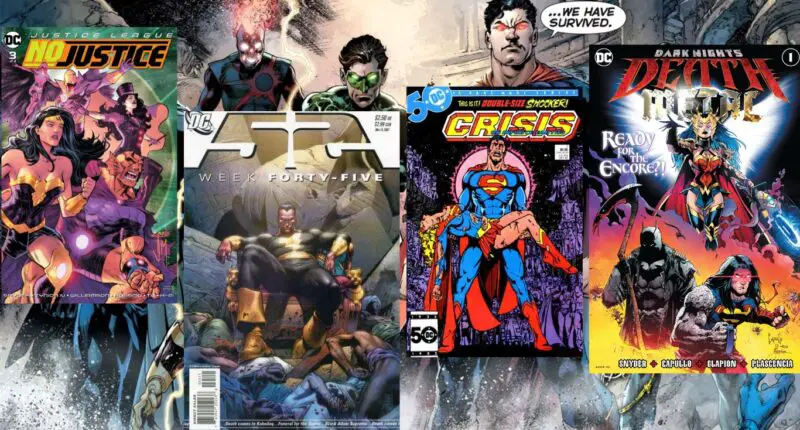Within the expansive and mind-bending realms of DC Comics, a captivating phenomenon takes center stage: the multiverse. It unveils a tapestry of boundless parallel realities, each a vibrant canvas for epic tales and staggering encounters. From universe-shattering cataclysms to reality-altering clashes, these multiverse events have etched unforgettable impressions upon the very fabric of DC’s narrative. Embark with us on a captivating journey as we uncover the top 10 multiverse events in DC Comics, each a seismic force reshaping the very essence of their universe. Brace yourself for the iconic “Crisis on Infinite Earths,” where infinite worlds teeter on the precipice. Witness the reality-bending upheaval of “Flashpoint,” challenging heroes and villains alike. With each turn of the page, we traverse the extraordinary folds of the multiverse, delving deep into the monumental sagas that forever redefine the DC Universe.
Top 10 Multiverse Events in DC Comics
Crisis on Infinite Earths (1985-1986)
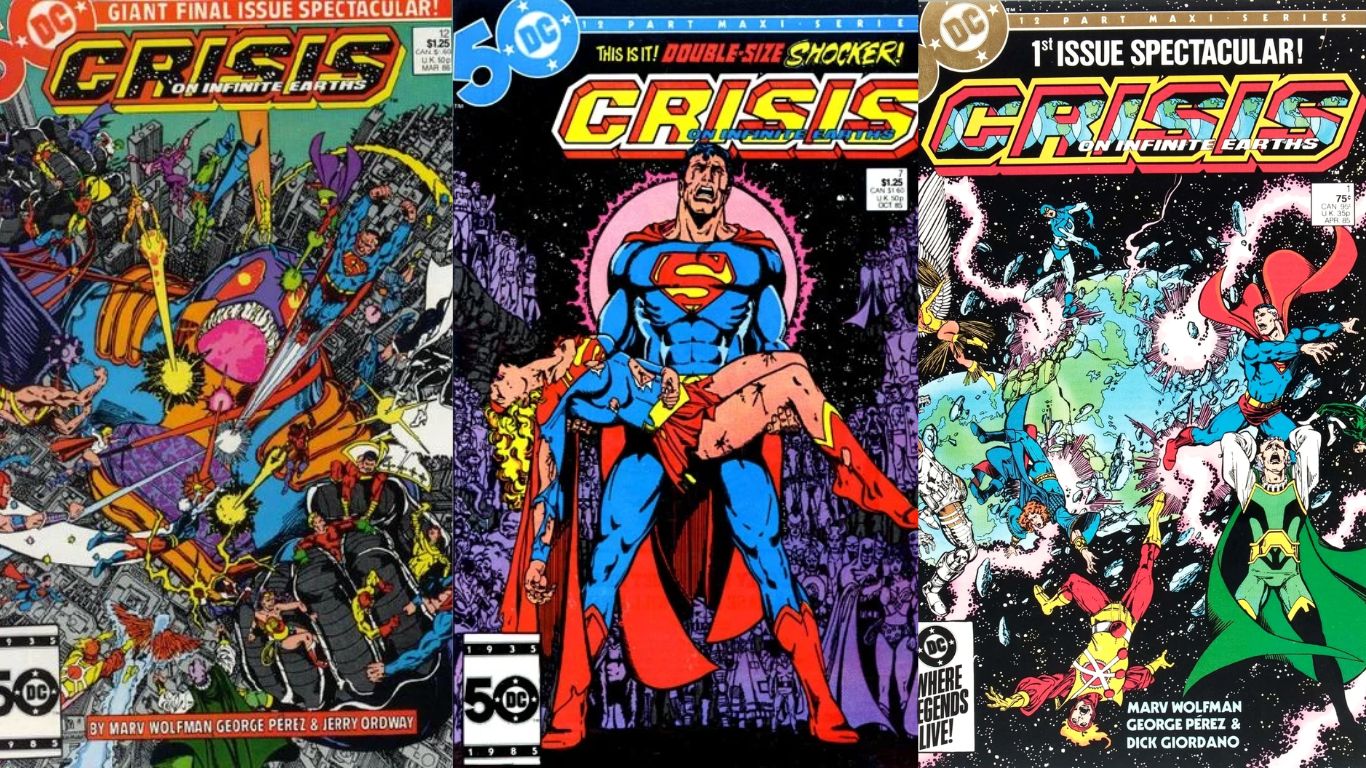
One of the most groundbreaking and influential multiverse events in DC Comics, “Crisis on Infinite Earths” reshaped the DC Universe in an unprecedented way. This epic series, spanning twelve issues, was a grand-scale battle against the Anti-Monitor, a cosmic threat seeking to consume all parallel realities. Heroes and villains from across the multiverse joined forces, resulting in shocking deaths, universe-altering consequences, and the merging of multiple Earths into a single streamlined reality. The event paved the way for a fresh start and continuity, eliminating the complexities of the vast multiverse and establishing a cohesive timeline. Its profound impact on DC Comics reverberates to this day, making it an iconic milestone in comic book history.
Zero Hour: Crisis in Time (1994)
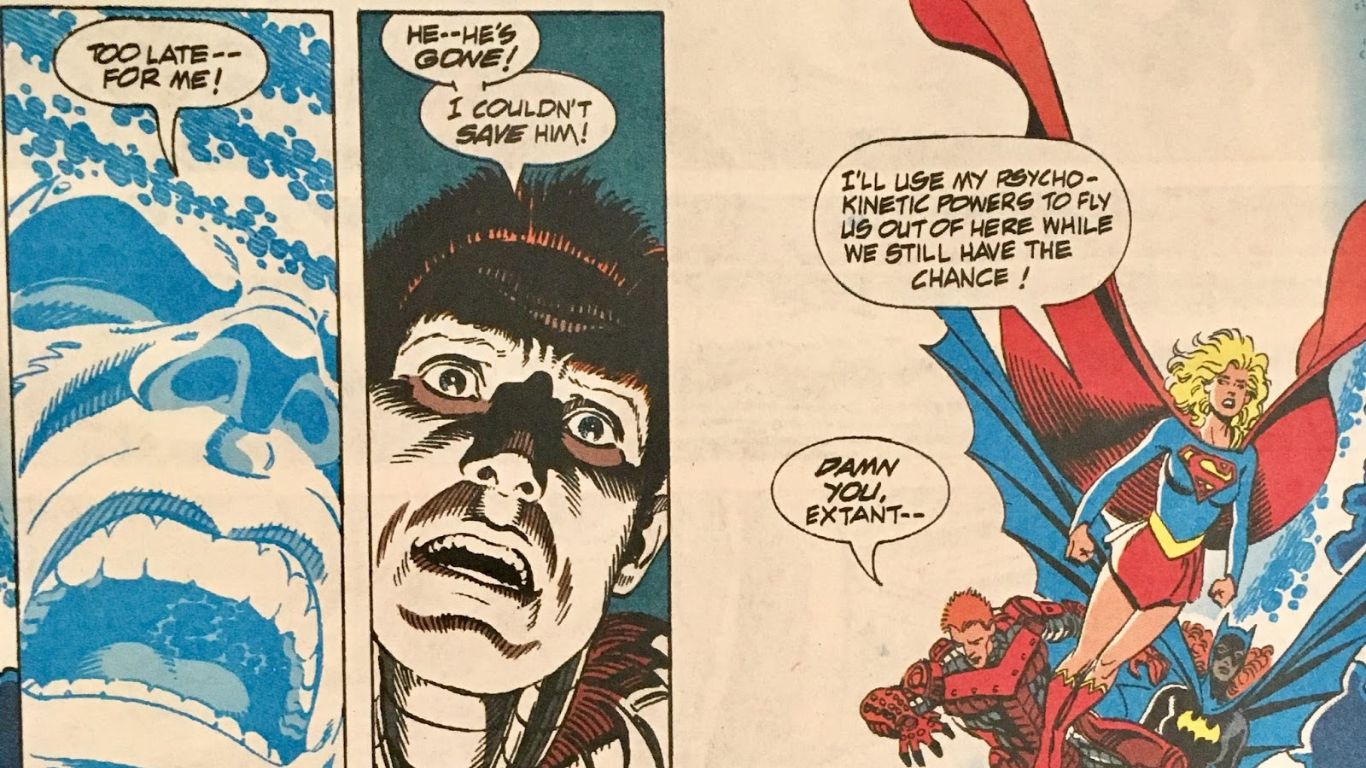
“Zero Hour: Crisis in Time” brought another significant multiverse event to the DC Universe, focusing on the concept of time itself. As the fabric of time unraveled, the powerful entity known as Parallax sought to rewrite history and recreate the universe in his image. This event saw the emergence of a powerful being named Extant, who manipulated time and caused chaos across various timelines. The heroes and villains of the DC Universe had to band together to prevent the destruction of time itself. The event resulted in the death of several major characters and introduced the notion of “hypertime,” a concept that allowed for greater flexibility in storytelling. “Zero Hour” was a pivotal moment in DC’s multiverse, emphasizing the importance of time and its impact on the universe’s stability.
Infinite Crisis (2005-2006)

Building upon the foundations laid by “Crisis on Infinite Earths,” “Infinite Crisis” delved deeper into the intricate tapestry of the DC multiverse. This event brought together iconic heroes and villains from different Earths and explored the consequences of tampering with reality. The story revolved around Alexander Luthor Jr. and Superboy-Prime, who sought to recreate a perfect Earth and eliminate what they perceived as flaws in the multiverse. The event featured epic battles, character revelations, and emotional moments as familiar faces clashed and alliances shifted. “Infinite Crisis” left lasting impacts, including the restoration of the multiverse and the return of long-lost characters. Its exploration of identity, legacy, and the nature of heroism resonated with fans, making it a significant event within the DC multiverse.
52 (2006-2007)
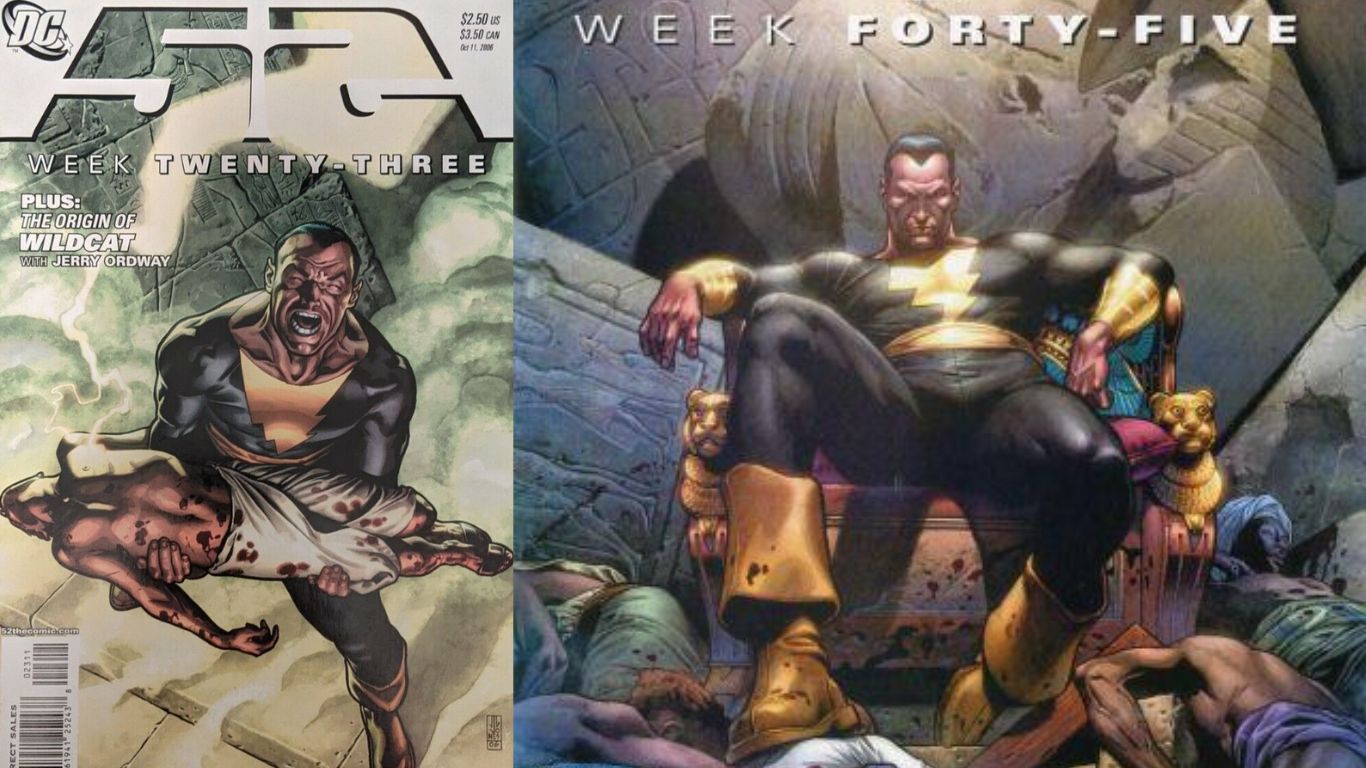
“52” stands as a unique and ambitious multiverse event in DC Comics. Following the cataclysmic events of “Infinite Crisis,” the DC Universe found itself in a one-year gap without its major superheroes. “52” was a weekly series that chronicled this tumultuous year, exploring the aftermath of the Crisis and the struggles faced by lesser-known characters. The story weaved together multiple plotlines, showcasing a world in flux as new heroes emerged, alliances formed, and mysteries unraveled. It offered a rich tapestry of interconnected narratives, delving into the depths of DC’s multiverse and introducing intriguing concepts like the Multiversal Monitor, the existence of parallel Earths, and the enigmatic Time Trapper. “52” expanded the scope of the multiverse and demonstrated the resilience and diversity of the DC Universe beyond its iconic characters, making it a captivating and memorable multiverse event.
Final Crisis (2008-2009)
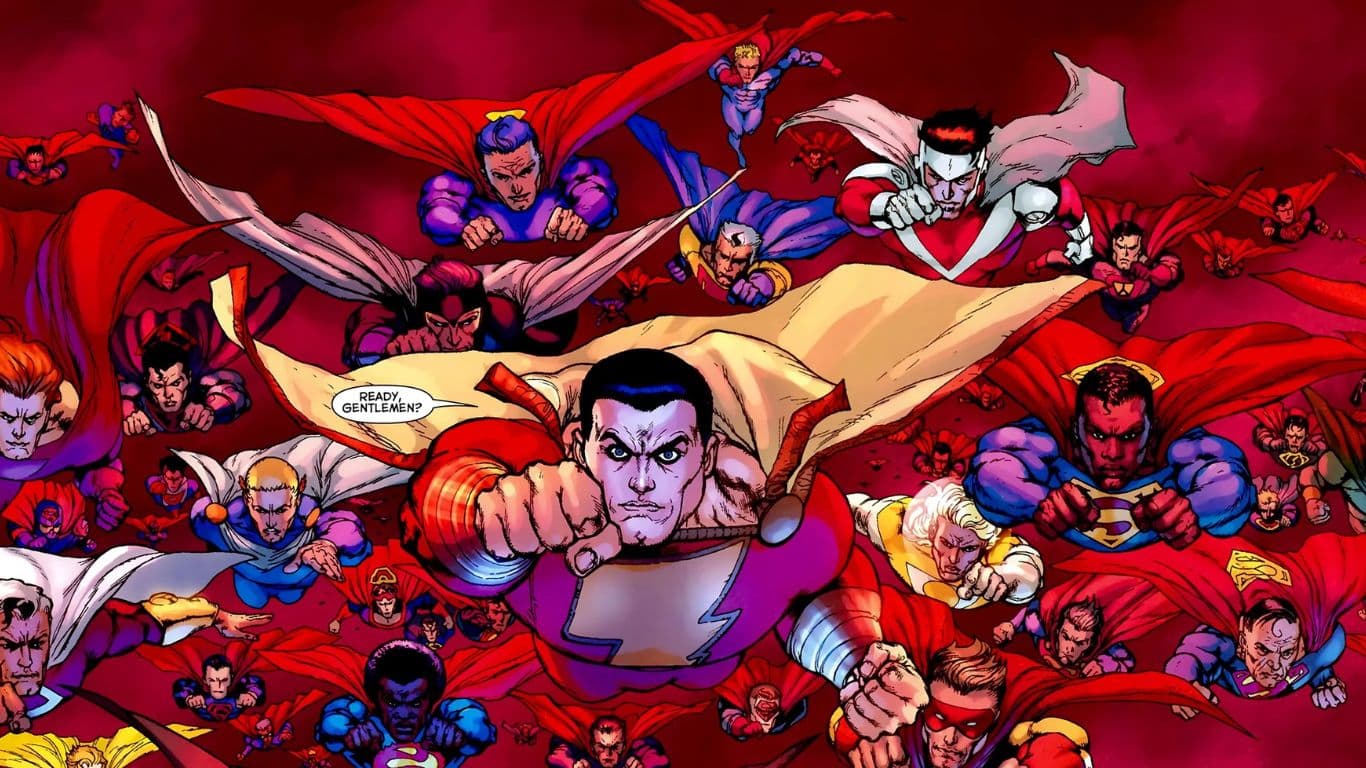
Written by Grant Morrison, this event delves into the dark corners of the DC Universe, exploring the ultimate clash between good and evil. The story revolves around Darkseid, the tyrant of Apokolips, as he unleashes his plan to seize control of reality itself. The event sees the heroes of Earth facing despair, manipulation, and death, as they confront cosmic forces and twisted versions of familiar characters. “Final Crisis” delves into themes of hope, sacrifice, and the nature of storytelling itself. It explores the concept of the multiverse and the existence of alternate realities, challenging readers’ perceptions of time, space, and identity. With its intricate narrative and philosophical undertones, “Final Crisis” remains a thought-provoking and ambitious entry in the DC multiverse.
Flashpoint (2011)
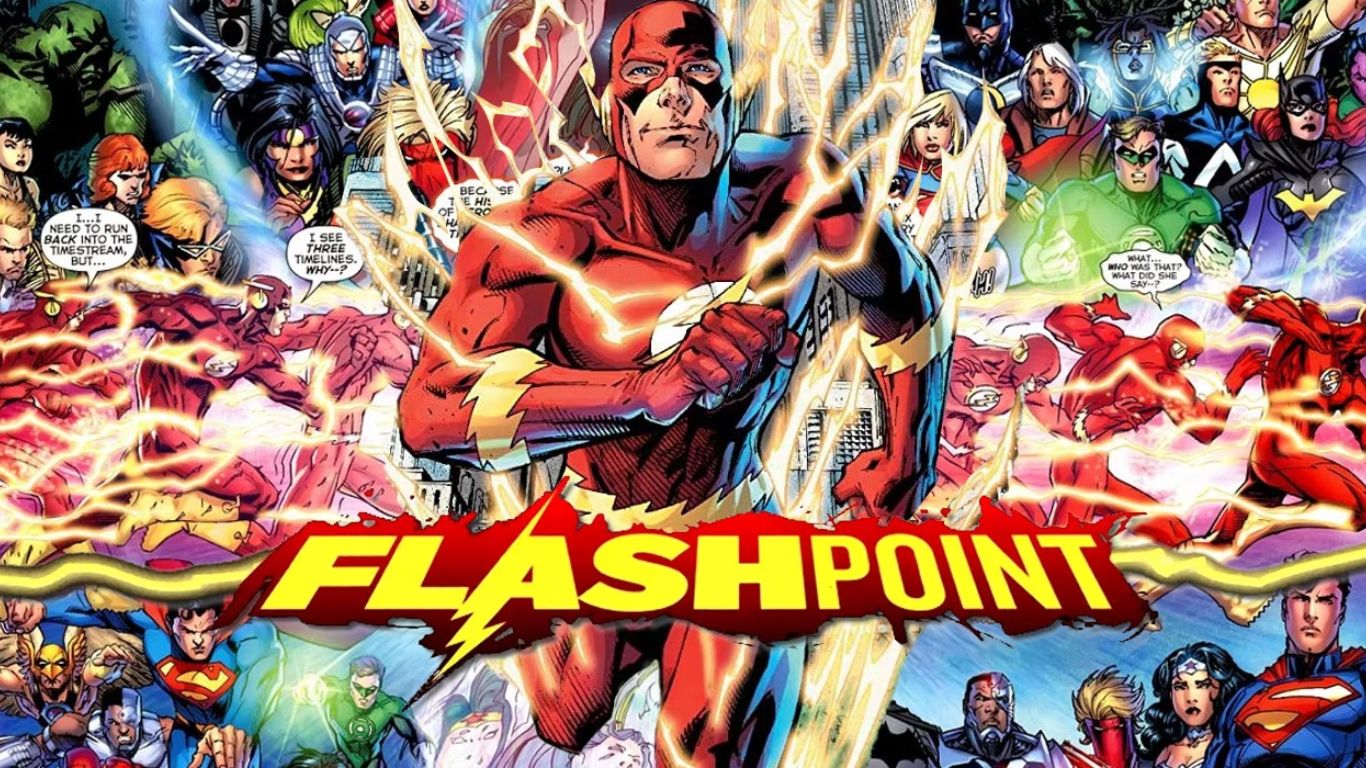
This storyline marked a significant turning point in the DC multiverse, as it served as a catalyst for the company-wide reboot known as “The New 52.” This event unfolded as a result of Barry Allen, the Flash, traveling back in time to save his mother from being murdered. However, his actions inadvertently caused a ripple effect that altered the entire timeline. Barry woke up in a world where the Justice League didn’t exist, Atlantis and Themyscira were engaged in a devastating war, and Thomas Wayne, Bruce Wayne’s father, operated as Batman. As the Flash sought to restore the timeline, he encountered alternate versions of familiar characters and faced powerful adversaries. “Flashpoint” explored the consequences of altering reality and showcased the fragility of the multiverse. This event reshaped the DC Universe, leading to a new continuity and a fresh starting point for many beloved characters.
Dark Nights: Metal (2017-2018)
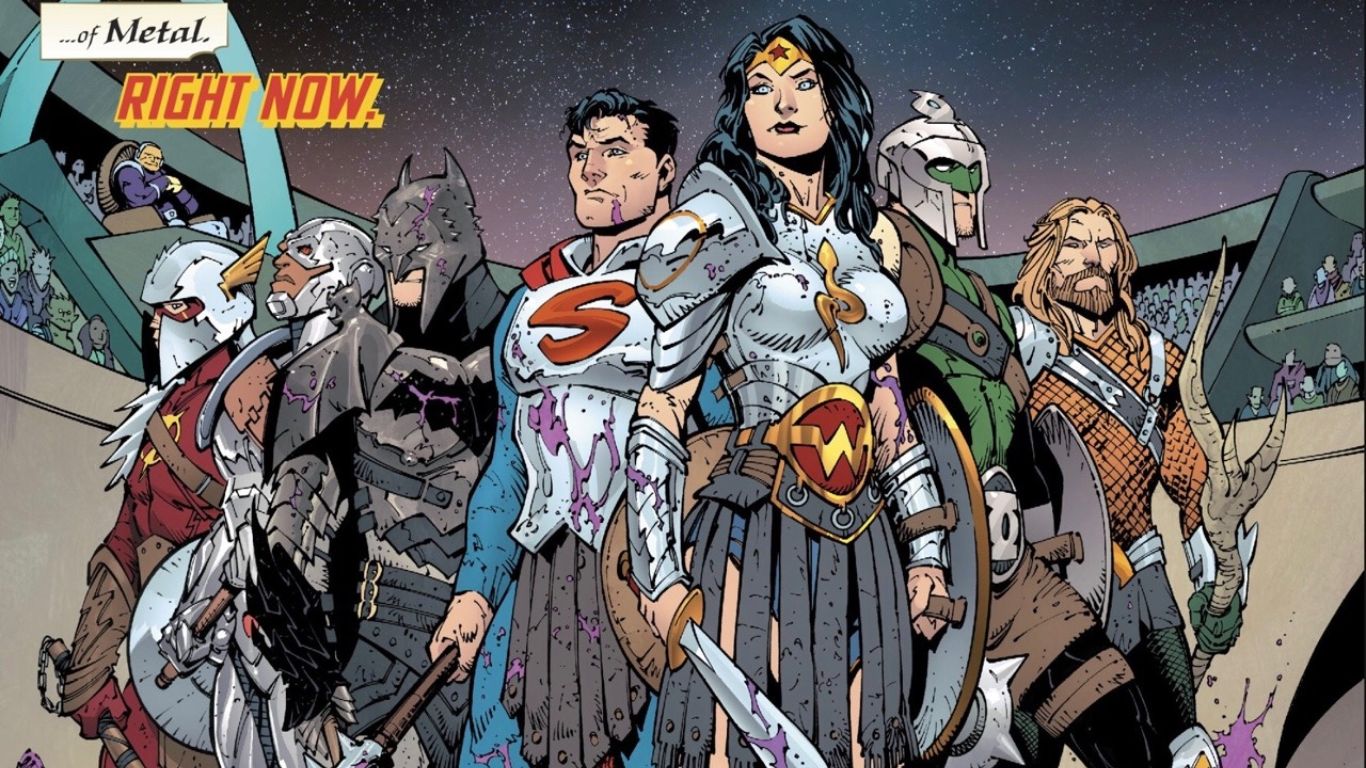
It brought a dark and twisted multiverse event to the forefront of DC Comics. Written by Scott Snyder and featuring the art of Greg Capullo, this event delved into the realms of darkness and introduced the concept of the Dark Multiverse. The story followed Batman and the Justice League as they discovered a secret history of the DC Universe and encountered dark, evil versions of Batman from the Dark Multiverse, known as the Dark Knights. These corrupted Batmen, infused with the powers of various Justice League members, sought to plunge the entire multiverse into eternal darkness. “Dark Nights: Metal” showcased epic battles, cosmic revelations, and the exploration of the terrifying dimensions lurking beyond the known reality. This event had far-reaching consequences for the DC Universe, leading to new storylines and expanded mythologies, solidifying its place as a captivating multiverse event.
Dark Nights: Death Metal (2020-2021)
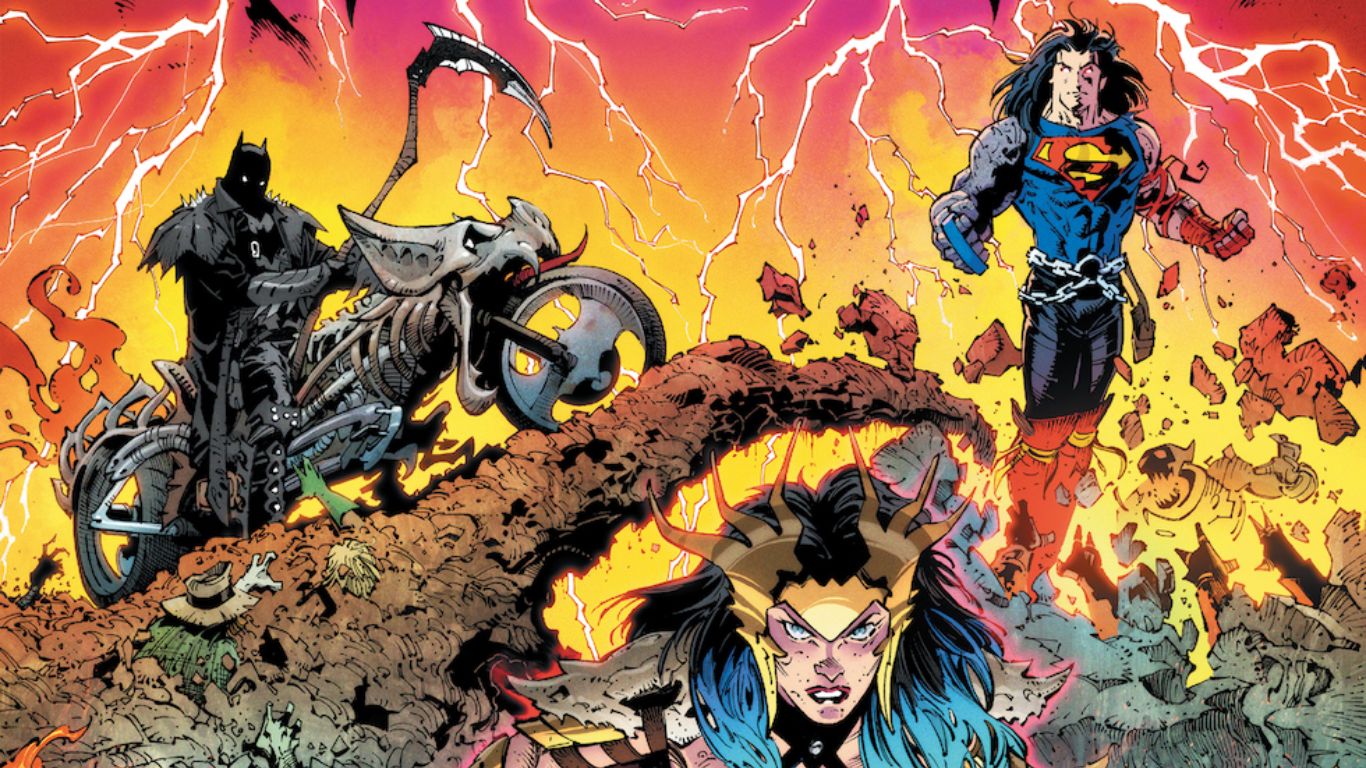
This storyline served as a direct sequel to “Dark Nights: Metal” and continued the epic saga of the DC multiverse. Written by Scott Snyder with art by Greg Capullo, this event plunged the DC Universe into a nightmarish landscape ruled by the dark god, Perpetua. The story followed Wonder Woman, Batman, and their allies as they fought against the tyrannical rule of Perpetua and her horde of evil Batmen known as the Dark Knights. The event explored themes of hope, perseverance, and the power of the human spirit in the face of overwhelming darkness. “Dark Nights: Death Metal” featured epic battles, emotional moments, and cosmic revelations that reshaped the multiverse, leading to a new status quo for the DC Universe. It solidified its place as a significant and transformative multiverse event, showcasing the resilience of DC’s iconic heroes and their ability to overcome unimaginable odds.
Forever Evil (2013-2014)
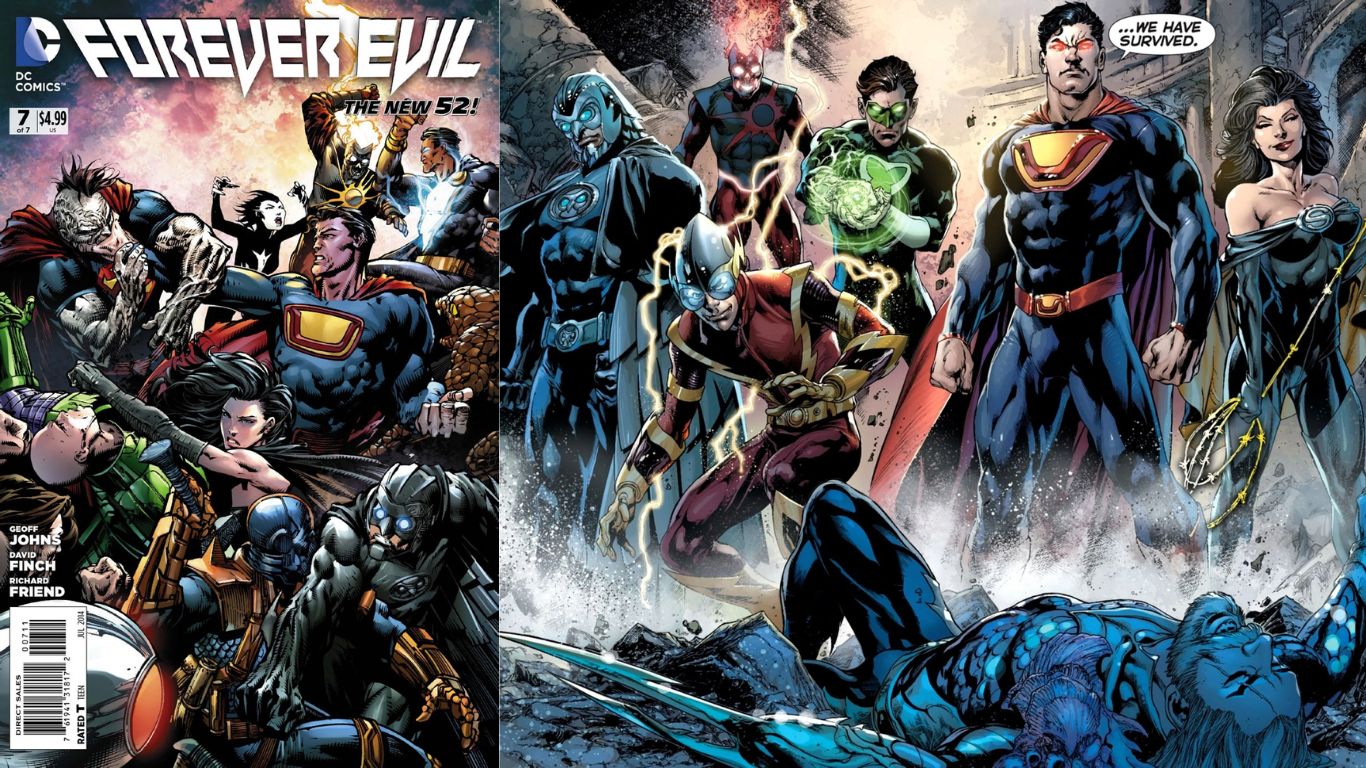
It unleashed darkness and villainy upon the DC Universe, presenting a multiverse event where the villains took center stage. Following the events of “Trinity War,” the Crime Syndicate from Earth-3, evil counterparts of the Justice League, emerged and conquered Earth, imprisoning the heroes. With the Justice League absent, it was up to a group of unlikely allies, including Lex Luthor and a few reformed villains, to rise against the tyranny of the Crime Syndicate. “Forever Evil” showcased the complexities of villainous alliances and explored the blurred lines between good and evil. The event introduced new characters and twisted versions of familiar ones, providing a fresh perspective on the DC multiverse. With its dark and suspenseful tone, “Forever Evil” left a lasting impact on the DC Universe and offered a compelling exploration of the multiverse from the perspective of its villains.
Justice League: No Justice (2018)

This event brought together an unconventional team of heroes and villains in a multiverse event aimed at saving the very fabric of reality. Following the events of “Dark Nights: Metal,” the Source Wall was breached, causing cosmic imbalances and unleashing ancient cosmic entities known as the Omega Titans. In response, Brainiac assembled four teams led by different members of the Justice League, villains, and cosmic entities. These teams, comprising heroes and villains, were tasked with working together to prevent the destruction of the universe. “Justice League: No Justice” delved into the complexities of alliances and showcased the power of teamwork and unity across the multiverse. The event featured high-stakes battles, cosmic revelations, and the exploration of cosmic forces that expanded the DC multiverse. It provided a fresh perspective on heroism and collaboration, paving the way for new storylines and character dynamics within the DC Universe.
Also Read: Top 10 Multiverse Events in Marvel Comics
